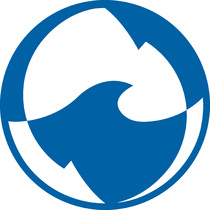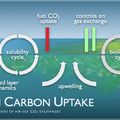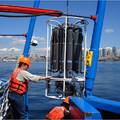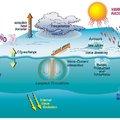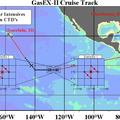SO-GasEx Cruise
Southern Ocean Gas Exchange Study Cruise
The Southern Ocean GasEx experiment was conducted aboard the NOAA ship Ronald H. Brown with 31 scientists representing 22 institutions, companies and government labs. The cruise departed Punta Arenas, Chile on 29 February, 2008 and transited approximately 5 days to the nominal study region at 50°S, 40°W in the Atlantic sector of the Southern Ocean. The scientific work concentrated on quantifying gas transfer velocities using deliberately injected tracers, measuring CO2 and DMS fluxes directly in the marine air boundary layer, and elucidating the physical, chemical, and biological processes controlling air-sea fluxes with measurements in the upper-ocean and marine air. The oceanic studies used a Lagrangian approach to study the evolution of chemical and biological properties over the course of the experiment using shipboard and autonomous drifting instruments. The first tracer patch was created and studied for approximately 6 days before the ship was diverted from the study site, 350 miles to the south, to wait near South Georgia Island for calmer seas. After more than 4 days away, we returned to the study area and managed to find some remnants of the tracer patch. After collecting one final set of water column samples and recovering the two drifting buoys deployed with the patch, we relocated to the northwest, closer to the area where the first patch was started. A second tracer patch was created and studied for approximately 15 days before we had to break off the experiment and transit to Montevideo, Uruguay for the completion of the cruise. During the transit we hit rough weather and had to hove-to for two days. We arrive at the dock on Saturday 12 April for the end of the cruise.
For more information about the cruise visit the SO GasEx website.
The data are stored at Biological and Chemical Data Management Office (BCO-DMO).

